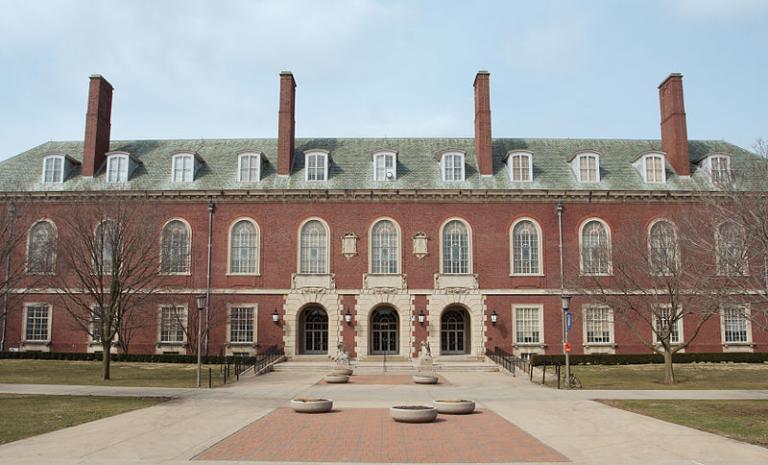So this came from Inside Higher Ed, as linked to by Legal Insurrection: the dean of the Berkeley School of Journalism has proposed raising tuition for its two-year master’s program by $10,000 per year. The program, which has 100 students, is running a budget shortfall of $500,000 per year, expected to grow by 60% over the next 5 years based on current revenue and spending projections, and the increase falls within standard practice at the university of graduate programs charging differentiated tuition levels.
But here’s the explanation of how the money would be spent:
Forty-one percent of the money raised would go back toward scholarship money, he said. Some of the money would also pay to beef up the school’s development office, which has only one employee right now, [Dean Edward] Wasserman said. The rest would go toward improving career services to help students in their job searches, upgrading technology and advancing the school’s name and image, Wasserman said.
Now, perhaps I’m missing something here, but no where in that list of uses of the money do they say, “plug existing budget holes” — so either the budget shortfall is based on planned increased spending in these categories, it’s wholly fictional, or the dean just can’t do math. (Which is about right for a journalism school, given how frequently reporters get the math wrong in their articles.) I suppose he might have meant, “after plugging budget holes, this is how we’ll spend the remaining money,” but if that’s stated in the article, I missed it.
And notice that 41% of the tuition increase is planned to go right out the door again as scholarships.
Now, for undergraduates, this is a part of the now-standard game of price-discrimination, aiming at getting upper-middle-class/frugal parents to pay tuition bills that subsidize everyone else. (See my earlier gripe here.) But for graduate students, this is a bit more mystifying. A graduate student is by definition an “independent student” whose parents’ income isn’t considered in determining eligibility for federal financial aid. Here’s the official site; this took me by surprise as I thought I had read the opposite, that even graduate students were considered dependent on their parents. Maybe policies have changed.
In any case, this means that instances of prospective journalism master’s students with a big wad of cash are likely to be few and far between, especially since, as one student said, “We’re here because we care about social justice, and we want to tell good stories.” (Maybe there might be a handful who are married with an employed spouse, though these days they’re more likely to be “partnered” without any legal ties.) So is this tuition set-aside intended to subsidize those prospective students who have applications/resumes that demonstrate they’ll be future public servants, and the future CNBC reporters will be the subsidizers? Are the scholarships being allocated based on “diversity” criteria rather than “financial need”? Or is this just a matter of gaming the system with the expectation that students won’t squawk about income-based repayment, 10 or 20-year capped student loans?












